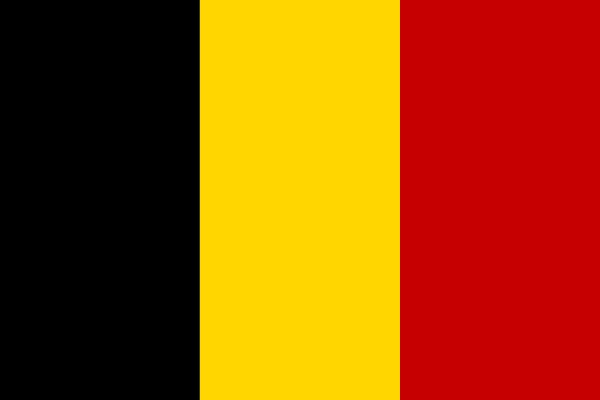

KEVIN DUERINCK
GENEALOGY PAGE



LAND VAN SAEFTINGHE
Last revised October 1, 2003
Land van Saeftinghe (thanks to Frank Duerinck, Dendermonde, Belgium):
Ligging: Oost Zeeuwsch-Vlaanderen, langs de Westerschelde.
Oppervlakte: ruim 3.000 hectare.
Het Land van Saeftinghe was in de late Middeleeuwen een gebied van welvarende polders, waarin verschilende dorpen lagen. Het gebied bereikte zijn grootste omvang omstreeks 1350. Als gevolg van de ligging op de punt waar Honte en Schelde samenvloeien, was de streek bijzonder kwetsbaar voor stormvloeden.
Vooral in de veertiende en zestiende eeuw ging er grote stukken land verloren. ook de militaire innudaties speelden hierbij een rol, omdat Saeftinghe op een in de Tachtjarige Oorlog strategisch belangrijk punt lag.
Saeftinghe was a great piece of wetland in the 12th Century with much marsh (swamp, morass) around the mouth of the River Schelde in the Netherlands, at least until people from that time on began to build dikes and gradually "win dry land from the river/sea". So the landscape changed, farmers came and exploited this land , villages and churches were built.
The economy had two main resources: salt (for preserving food; before it had to come from the Mediterranean sea !) and "darinck", that is peat or "turf", for fuel (no growing trees there). It made me think, that because many names have origins in professions, you could say that a son of a farmer digging turf was called a "darinckx" . Maybe that's the reason for the traditional family story: that the Duerinckx thought their ancesters were turf-farmers called "darinck" and the name changed over generations into "ue". I am not a linguist and have no idea if an "a" was pronounced as an "u". For me it's a mystery.
Saeftinghe was one of the largest villages, with a castle and two churches. People were very rich, and the legend says that God punished them with overflows for chasing out the poor with sticks. But history tells differently. In the 16th Century it was already a very strategic place for a toll-house (shippers had to pay to "use" the river). The Spanish wanted to conquer Antwerp during the "religious wars" on the continent. To prevent them and to save Antwerp, the old and renewed dikes were demolished. That resulted in the biggest overflow (flood) ever, in the years 1584-85: the whole country "Land van Waas" was overflown and Saeftinge was destroyed forever. Today, the place is a nature-reserve: 30 million square meters, all blubber and grass, sheep and many birds. It is obvious that many inhabitants moved out before the overflow and they had to go deeper into the country, following the River Schelde. And indeed, those are the places where some of our clans our found: Temse, Dendermonde, Antwerp... (Puivelde is not very far from Hulst-Clinge in NL).
Voor nadere informatie kunt u zich wenden tot:
Bezoekerscentrum Saeftinghe
Emmaweg 4
4568 PW Nieuw-Namen
Nederlands
Tel. 0114 - 633110
Fax. 0114 - 633111
Educatie Schelde Estuarium Project
"Het Verdronken Land van Saeftinghe" by G.M.P. Sponselee en M.A. Buise edited in 1979 by Grafische Industrie J. Duerinck-Krachten b.v. , 4587 CA Kloosterzande (NL)

Copyright © 1997-2003 Kevin F. Duerinck